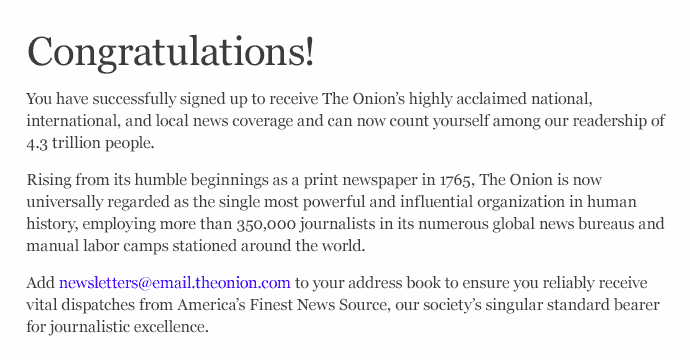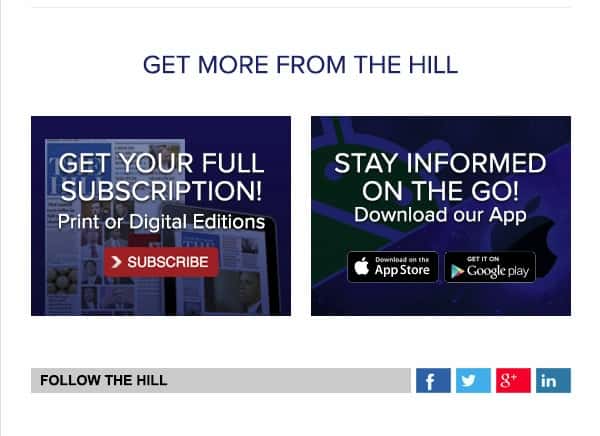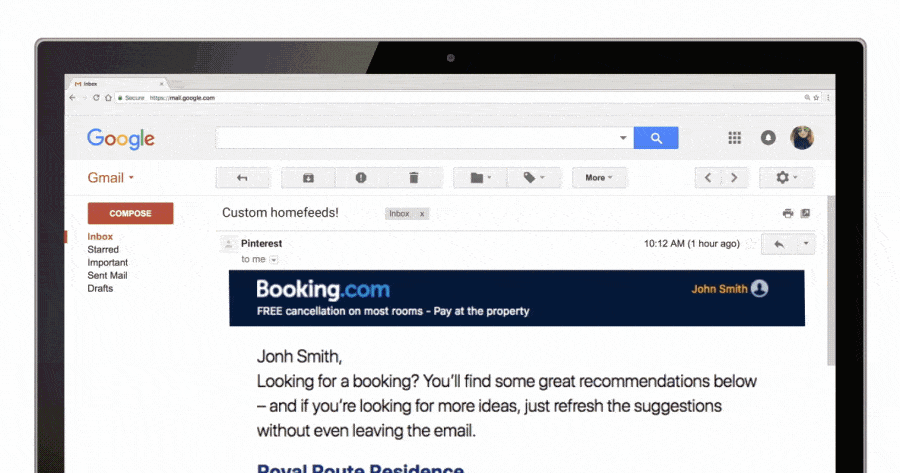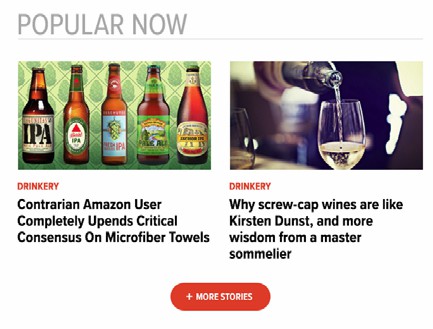Welcome emails tend to command higher open rates than the typical newsletter, making them an effective way to engage your audience from the start of the relationship (and make it more likely that they stay engaged).
Here are a few ideas for making the most of your welcome emails.
1) Set clear expectations for the emails that follow.
Ideally, you’ll set the terms of the email relationship at the point of sign-up. Still, don’t forget to make things clear in your welcome email as well. It’s possible people weren’t paying attention the first time around, or they may forget by the time they receive your first newsletter. If that’s the case, recipients could potentially forget they signed up, think your first newsletter is unsolicited, and report it as spam.
With an automated welcome email, you get to your new subscriber’s inbox right away, while you’re still fresh on their mind. Use this attention to set expectations for the emails that follow.
These expectations can be made explicitly, such as by telling new subscribers you’ll send them a newsletter, say, every weekday at 11:00am. You may also implicitly set expectations by ensuring your welcome email aligns with the tone and design of subsequent emails, like The Onion:

That way, when the first email gets to their inbox, it feels familiar.
By sending a preview of the kind of quality they can expect when they open an email, you make it more likely that they’ll keep opening your emails.
2) Use your welcome email CTAs to guide subscribers back to your site.
Ultimately, the goal of a welcome email is to get new subscribers to take action at the height of their engagement. In many cases, the moment of signup is the most engaged your subscriber will ever be, so make this email count by providing a call-to-action.
For publishers, the welcome email CTA will likely link back to the site. Even for publishers with a paid subscription or membership product, it’s probably better to avoid the hard sell by pushing them towards your paid product right away. Pointing them towards your content will probably be a more efficient use of their attention.
Alternately, you can deepen the audience relationship by encouraging them to engage with your content on other channels too. For example, The Hill’s welcome email directs subscribers to download their app:

3) Include a way to sign up for additional newsletters.
For publishers who offer more than one newsletter product, pointing new subscribers to these other newsletters can help you engage your new audience from the start of the relationship.
If a new subscriber signs up for a general interest newsletter, you could try spotlighting one or more of your more focused, topic-based newsletters.
This can be especially helpful if a new subscriber opted into a limited-run or “pop-up” newsletter series, such as a newsletter based around the Olympics, the Oscars, or other event. That way, when the newsletter series reaches its conclusion, you’ve already found another way to keep them engaged.
4) Provide ways to manage email subscriptions.
What happens if a new subscriber has signed up by mistake? Or perhaps they realize the content isn’t quite what they wanted?
In addition to your email’s mandatory unsubscribe link, you can also welcome new subscribers with a link to your preference center. There, they can manage their new email subscription and tailor it to their taste in content. It’s possible they may find another newsletter that fits their interests better, or they may opt down into a different newsletter cadence. By offering the ability to “opt-down” into less-frequent email, you make it more likely that a potential unsubscriber stays around.
With AMP for Email gaining traction, you may even consider using its interactive potential to let subscribers manage their preferences without leaving your email, like Booking.com has done (see the GIF below).

Given that the purpose of publishing & media newsletters is typically to get readers back onsite, AMP for Email isn’t as useful for publishers as it is for the average marketer; however, if you’re dead-set on AMPing up your email, in-email preference management might be a good place to experiment first.
5) Show off your top-performing evergreen content in your welcome email.
For publishers with metered paywalls, introducing new readers to high-quality content right off the bat is particularly important. Deeper engagement with your content makes it more likely that readers will hit the paywall. Plus, when they do hit your meter, encountering your best content may make them more likely to deem your content worthy of payment.
To show off your content, you may:
- Write an email that leads to a call-to-action for a single piece of content,
- Include a few links within the text of your welcome messaging, or
- Use a section of your template to show off a selection of articles.
So, how do you select what articles to show?
It can be as easy as looking in your analytics to see which articles have led to the most time spent onsite, or another metric you use to gauge audience engagement. If your ESP has the appropriate integrations, you may even be able to populate these high-performing articles dynamically.

For premium publishers, it may be more important to identify certain articles or coverage areas that have been particularly effective at converting new paid subscribers. Including this content in the welcome email may fast-track a reader or two to a paid subscription.
6) Send the welcome email “from” a high-level figure.
Some publishers use their welcome email to send a “letter from the editor,” a note “from the CEO,” or a message from another reputable figure in the organization. This email typically thanks the reader for subscribing and emphasizes the value of the content that will follow.
For an even friendlier welcome, you may experiment with putting this person’s name in the “from” line of the email; the email could be addressed from “[Name] at [Publisher].” In subsequent emails “from the editor,” you could try removing the brand name from your “from” line entirely and just sending an email from “[Name].” However, it’s best to include your brand name in the first email, since 1) that’s what people will recognize, and 2) you’re setting expectations for the newsletters that will follow.
This personal approach won’t work for every publisher, but it can be useful for local, nonprofit, or membership-based publishers seeking to establish reader trust.
7) Consider sending a welcome email series.
Of course, you’re not limited to a single welcome email. Given the success that publishers like Harvard Business Review are seeing with pop-up newsletters, you may increase engagement early in the email relationship by thinking of your welcome messaging as a sort of pop-up series in itself.
If you use your first welcome email to set expectations for the welcome emails that follow, you give these new subscribers incentive to keep opening, allowing you to prolong this period of high engagement at the start of the email relationship.
Here are a few bonus ideas for things you can do in a welcome series:
- Introduce new readers to different sections of your site with each email.
- Send a multi-part content series, sharing one section per send.
- Spotlight top content over a series of days.
- End the series with an invitation to a paid subscription.
Need inspiration for your welcome emails? Check out the examples in the brand-new edition of PostUp’s Welcome Messaging Lookbook.
